Defense leaders from the region and beyond gathered in Singapore last weekend to discuss the challenges to security in the region. Lynn Kuok explains what happened and what to watch moving forward. An earlier version of this article first appeared in The Straits Times on June 1. It has since been revised to take into account developments during the Dialogue.
Defense leaders from the region and beyond gathered in Singapore last weekend to discuss the challenges to security in the region. Underlying many of their discussions was the notion of the “Indo-Pacific,” a term that has a new lease of life under the Trump administration. Last Thursday, the U.S. Pacific Command or “PACOM,” a unified combatant command of the U.S. Armed Forces responsible for the greater Pacific, was—after more than 70 years—renamed the Indo-Pacific Command.
The increased currency of the term “Indo-Pacific,” over the geographically more limited “Asia-Pacific,” places India front and center. Prime Minister Narendra Modi’s keynote address at the IISS Shangri-La Dialogue was scrutinized for the role New Delhi is willing to play, the principles it values, and the actions it is willing to take in defense of them. While India has adopted a more active regional role under Modi, its traditional non-alignment policy constrains deeper security ties.
India, Australia, Japan, and the United States are members of the Quadrilateral Security Dialogue, a strategic partnership Japan’s Shinzo Abe initiated in 2007 during his first term as prime minister. The Quad, as it is commonly known, was short-lived. Then Australian Prime Minister Kevin Rudd withdrew in 2008 amidst Beijing’s complaints that the grouping was unfriendly.
Almost a decade later, the Quad appears to have risen from the dead, though whether it walks is still unclear. The 2017 U.S. National Security Strategy pledged to increase quadrilateral cooperation with Japan, Australia, and India. Last November, senior officials from Quad countries met on the sidelines of the East Asia Summit in Manila to discuss ways to achieve common goals and overcome challenges in the “Indo-Pacific.” But unlike the read-outs of Canberra, Tokyo, and Washington, New Delhi’s did not mention upholding a rules-based order and international law, freedom of navigation and overflight, or maritime security.
MORE THAN JUST A NAME
The choice of “Indo-Pacific” terminology is more than semantic. It points to the geographic area of concern—it is more precise in its focus than “Asia” or “Asia-Pacific”; the relevant state and institutional actors; and the strategic concepts and actions these actors are likely to adopt. It reflects important energy, trade, and investment ties with the Middle East, Africa and South Asia.
The “Indo-Pacific” terminology also captures the integral link between the Indian and the Pacific oceans as one strategic theater—Australia and Japan have long thought about the region in these terms. Both Australian Prime Minister Malcolm Turnbull and the then Japanese defense minister Tomomi Inada spoke of the “Indo-Pacific” at the Shangri-La Dialogue last year; U.S. Secretary of Defense James Mattis was at that point still speaking of the “Asia-Pacific,” though that changed this year.
Further, focusing on the oceans underscores the growing significance of the maritime domain: Regional security is largely, though not exclusively, maritime security. China and India’s interests increasingly span the globe and their military and naval strategies have evolved to reflect this. China’s 2015 Military Strategy highlighted the need to shift to a combination of “offshore waters defense” and “open seas protection.” China opened its first overseas military base in Djibouti in the Horn of Africa two years later. In 2015, India issued a revised Maritime Security Strategy explaining that a relook was necessitated by “a national outlook towards the seas and the maritime domain, and a clearer recognition of maritime security being a vital element of national progress and international engagement.”
BIGGER STRATEGIC POND
Apart from being a salient analytical tool, the Indo-Pacific concept also has tangible implications, not least for the balance of power. Adding the Indian Ocean to the mix dilutes China’s influence: It increases the size of the pond and adds other fish that are less amenable to swimming to its tune.
Buy-in to the “Indo-Pacific,” with its nod to the Quad, sends a clear message that powers, apart from the United States, are committed to a rules-based order and international law. The credibility of this message ultimately depends on how the Indo-Pacific is operationalized and whether Quad members and others step up to the plate.
VARIED APPROACHES TO THE “INDO-PACIFIC”
The recent Shangri-La Dialogue provided clues on approaches to the “Indo-Pacific.”
Indian Prime Minister Modi, in his keynote address, embraced a principled “Indo-Pacific,” a welcome development after New Delhi’s November 2017 read-out. But he also made clear that India regarded the Indo-Pacific as a geographic region, not a strategy directed against any country—a distinction that the Chinese delegation noted and was pleased by.
Modi studiously avoided specific mention of the “Quad,” highlighting instead India’s ties to countries in and outside the Indo-Pacific. In the latter group, he highlighted its partnership with Russia, a relationship that he credited India’s “strategic autonomy” with allowing to mature. Modi’s failure to mention the Quad, the most concrete manifestation of Indo-Pacific strategy thus far, suggests that while New Delhi and Washington might agree on the need for a rules-based order, they might not be on the same page in terms of how to defend it.
U.S. Secretary of Defense Mattis, speaking after Modi, mirrored India’s approach and did not mention the Quad in prepared remarks. When a delegate asked about it, however, Mattis affirmed that it is “absolutely an idea fit for its time, and I support it 100 percent.”
The defense ministers of Australia and Japan, Marise Payne and Itsunori Onodera, made their countries’ continued support of the “Indo-Pacific” clear. But they took their cue from the earlier speakers: they too made no mention of the Quad.
CHINA’S RESPONSE
There are more questions than answers about the “Indo-Pacific” at this stage. And real doubts hang over the Quad’s future—even if India plays, the Quad might not survive any change in Quad country government. Still, the revitalized “Indo-Pacific” and Quad are already unnerving Beijing.
China’s foreign minister Wang Yi had earlier dismissed the “Indo-Pacific” as an “attention-grabbing idea” that will “dissipate like ocean foam.” He also expressed hope that the Quad was not targeting China.
Beijing’s propensity to equate statements and acts seeking to bolster a rules-based order or international law as anti-China is unfortunate. Most countries in the region want friendly relations with China, but Beijing’s sensitivity to support for international law puts them in a difficult position.
This sensitivity, Beijing’s actions in the East and South China Seas, and influence operations elsewhere lead to reservations about the rising power.
MAINTAINING ASEAN CENTRALITY
Wariness about the “Indo-Pacific” is not limited to China. ASEAN has questioned what it means for its centrality and has adopted a “wait and see” approach. Some senior diplomats expect the idea to fizzle out as it did in the past.
Among the ASEAN defense ministers who spoke at the Shangri-La Dialogue, only Indonesia’s Ryamizard Ryacudu employed the term “Indo-Pacific”; the Philippines, Vietnam, and host country Singapore all used “Asia-Pacific.” ASEAN leaders were no doubt pleased that speakers at the Dialogue took care to reaffirm ASEAN’s central role in the region.
Yet, if ASEAN is to have any hope of maintaining centrality, it needs to be more proactive in its support of a rules-based order and initiatives that seek to defend it. Without such an order, ASEAN will be unable to withstand external pressures and ASEAN centrality will almost certainly be a myth.
With the United States distracted elsewhere, ASEAN and its member states are succumbing to pressure in the South China Sea and seeing their foreign policy options narrow.
In the past year, ASEAN averted its gaze as Beijing threatened both Vietnam and the Philippines with military action when they sought to explore and exploit oil and gas in their own exclusive economic zones. An arbitral tribunal confirmed in July 2016 that China had no valid competing claims in the South China Sea. But Hanoi reportedly buckled because it feared Washington did not have its back.
In the longer-term, the problem might not only be U.S. will, but also its capabilities. The gap between U.S. and Chinese capabilities in areas that will be future game-changers, such as artificial intelligence, is narrowing. The Indo-Pacific and Quad or some other like mechanism, which pools the strengths of other important democracies, could be the best hope of sustaining a rules-based order.
ASEAN must articulate how it could contribute to the broader Indo-Pacific framework or risk its interests not being taken into account. Indonesia’s recent unveiling of the “Indo-Pacific cooperation concept” is a positive first step, particularly given Indonesia’s key role in ASEAN and location in the Indo-Pacific.
To stand still amidst vast changes to the strategic environment in the hope that this will somehow maintain “ASEAN centrality” is likely futile, no more viable than seeking to stand firm atop a dune when the sands beneath are fast shifting.
The “Indo-Pacific” vision and initiatives that seek to operationalize it can be promoted by working closely with ASEAN and its member states, particularly the maritime countries whose support is operationally critical.
ALTERNATIVE TO BRI
Insofar as the Indo-Pacific is a counter to China’s increasing dominance of the region, including through the Belt and Road Initiative, it needs a stronger economic dimension. The possibility of a trade war between China and the United States causes anxiety in the region. Reports of Quad leaders considering a new global infrastructure scheme hold out hope, but a plan must be developed quickly and enunciated well.
Mattis’s speech at the Shangri-La Dialogue was sensitive to the region’s need for greater investment, including in infrastructure, promising that the United States was “invigorating its development and finance institutions” to enable it to be “better, more responsive partners.”
In a jab at China, he also assured the region that U.S. agencies would work more closely with economic partners to provide end-to-end solutions that “not only build tangible products, but also transfer experience and American know-how so growth is high value and high quality. Not empty promises and surrender of economic sovereignty.”
It is unclear whether “private sector-led economic development” will be sufficient to counter the ambitious Belt and Road Initiative. Whatever one’s concerns, the Belt and Road Initiative is a masterpiece in marketing and has momentum on its side. Whether it achieves even a fraction of what it sets out to do, it is already changing the region’s dynamics.
Finally, continental Southeast Asia must not be forgotten. Its developmental needs make it particularly vulnerable. Beijing has promised funding for over 130 projects in the Lancang-Mekong Cooperation grouping, further integrating Cambodia, Laos, Myanmar, Thailand, and Vietnam into its economy.
Diplomats from ASEAN like to remind the world that, for the region, economics is security. As defense officials ponder the lessons of the IISS Shangri-La Dialogue for some of the Indo-Pacific’s most pressing problems — the North Korean crisis, China’s actions in the South China Sea — we must not forget that solutions lie not only in the security realm, but also in the economic, legal and diplomatic spheres.
A comprehensive, coordinated response to maintaining a rules-based order, including adherence to international law, is imperative. A proper framework in the form of the Indo-Pacific is but a starting point in what will be a long process requiring clarity of vision, sustained attention, and effort involving trade-offs and sacrifices.
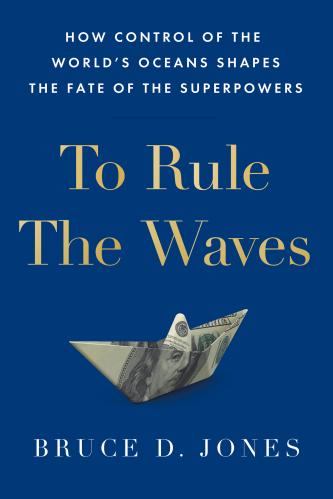
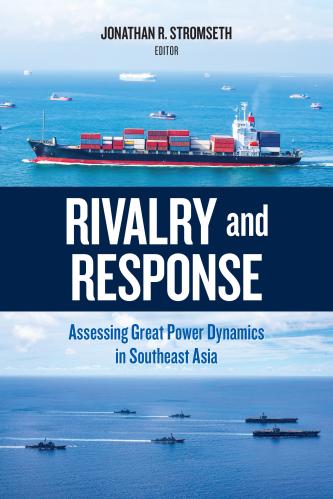
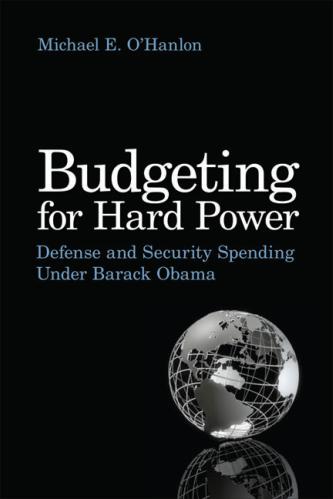
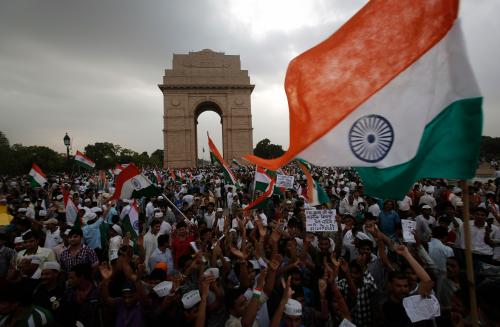
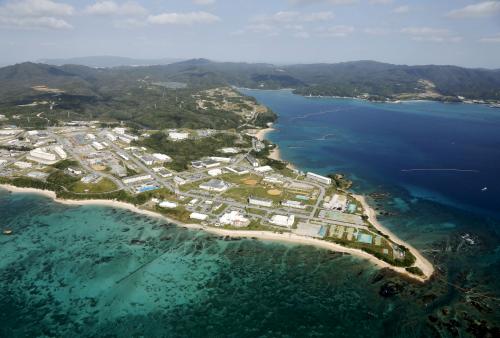

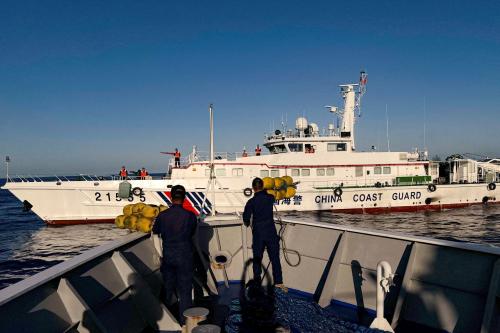

Commentary
Negotiating the Indo-Pacific security landscape: What the Shangri-La Dialogue tells us
June 8, 2018